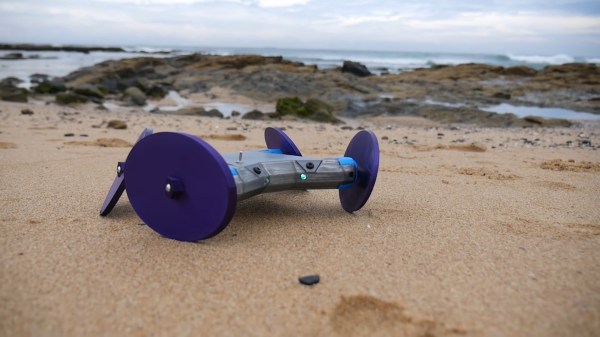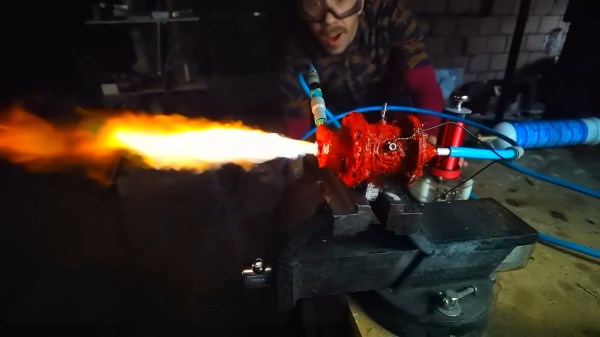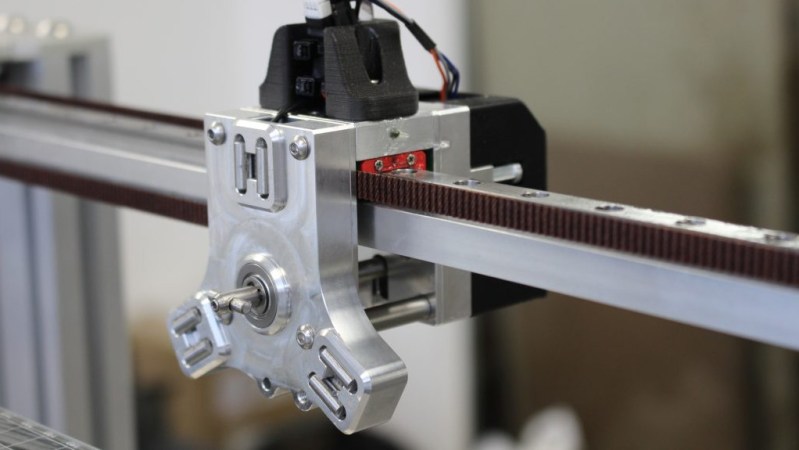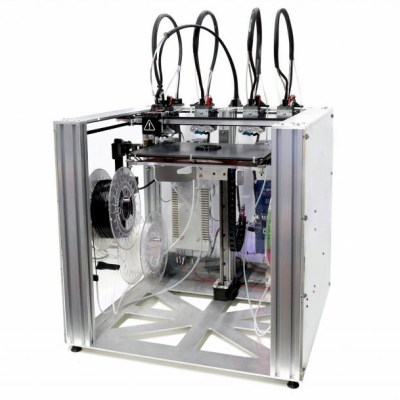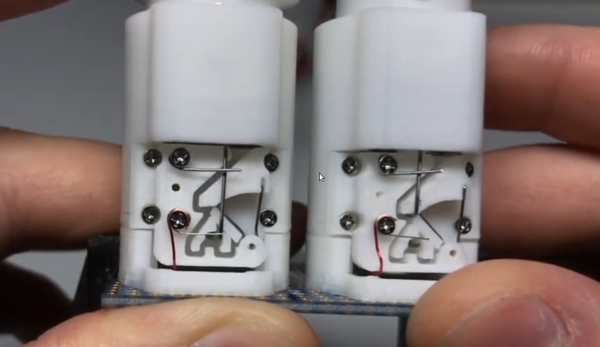When we talk about wheels, the vast majority of the time we’re talking about ho-hum cylindrical rollers as seen on all manner of human conveyances. However, there are all manner of wild and wacky shapes that roll, and having had some experience with them, [Maker’s Muse] decided to take a shot at having a robot drive on them. (Video, embedded below.)
The benefit of a 3D printer is that it makes producing these parts with strange geometries a cinch. The video shows a variety of designs, from the wobbly “Nightshades” to the entertaining “Prongle” wheels being put through a variety of tests. In an attempt to equalise the playing field, each design was matched in its surface area so as not to artificially bias the results.
While the wobbly designs look strange, they also come with some benefits over simple disc wheels, providing extra traction on both carpet and sand. Particularly impressive was the performance of the 8-spoke wheels on the beach, though as this design mimics real-world sand tyres, we’re not surprised at the results. We’ve seen similar 3D printed parts do the job for driving on water, too.
Continue reading “3D Printed Wobbly Wheels Put Through Their Paces”

